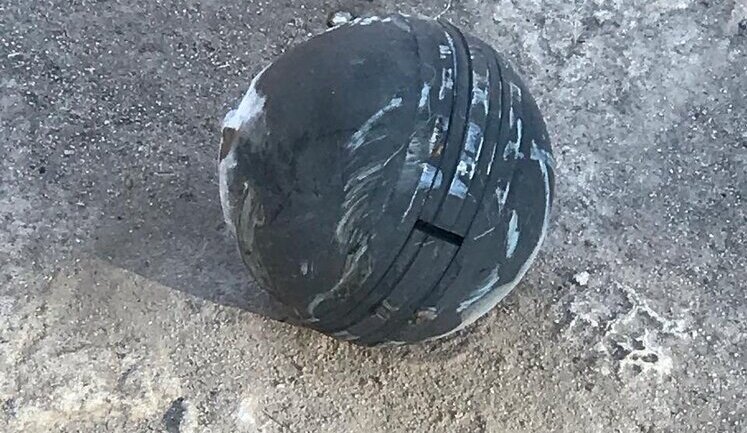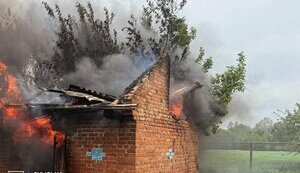The use of cluster munitions in Ukraine continues to pose severe risks, as unexploded ordnances have been discovered in regions like Kremenchuk and Poltava following Russian strikes. These munitions present a deadly threat to civilians, affecting safety and health across impacted areas. Additionally, the conflict sees Ukrainian forces utilizing cluster munitions in targeted strikes against Russian military installations and equipment, aiming to shift the battlefield dynamics. The international response remains varied, with some countries supporting Ukraine's acquisition of cluster munitions, while others express opposition due to the humanitarian implications. This complex situation underscores the severe impacts of cluster munitions both on the ground and in diplomatic arenas.
What are the primary dangers of unexploded cluster munitions in Ukraine?
Unexploded cluster munitions pose significant risks to civilians in Ukraine, threatening life, limiting access to land, and requiring extensive efforts for safe clearance. Their presence in populated areas necessitates urgent demining operations to prevent further casualties and restore safety to communities.
How is Ukraine responding to the threat of cluster munitions from Russia?
Ukraine is responding with defensive strategies, including the use of artillery equipped with cluster munitions to target Russian forces. By employing such tactics, Ukraine aims to counterbalance the threat posed by Russian munitions and protect its territorial integrity.
How has the international community reacted to the use of cluster munitions in Ukraine?
The international reaction is mixed; some nations support equipping Ukraine for self-defense, while others, due to humanitarian concerns, oppose the use of such ordinances, emphasizing the need for adherence to international conventions and highlighting the potential long-term risks to civilian populations.
What measures are being taken to clear unexploded cluster munitions?
Teams in Ukraine are actively engaging in demining operations to safely remove unexploded cluster munitions. These efforts involve specialized personnel who identify, diffuse, and eliminate these devices to reduce the risk to civilian life and expedite the restoration of safe living conditions in affected regions.
What justifications are used by countries supporting Ukraine's use of cluster munitions?
Nations supporting Ukraine's use of cluster munitions often cite the urgent need for Ukraine to defend itself effectively against aggressive tactics employed by Russia. This perspective prioritizes immediate strategic advantages and the potential to demoralize opposing forces over long-term humanitarian concerns.
What has been the most significant impact of cluster munitions in Ukraine so far?
Cluster munitions have resulted in tragic civilian casualties, property damage, and extensive environmental contamination, complicating recovery efforts. Their use has intensified humanitarian crises and amplified the challenges faced by Ukrainian authorities in safeguarding their populace and infrastructure.






























































